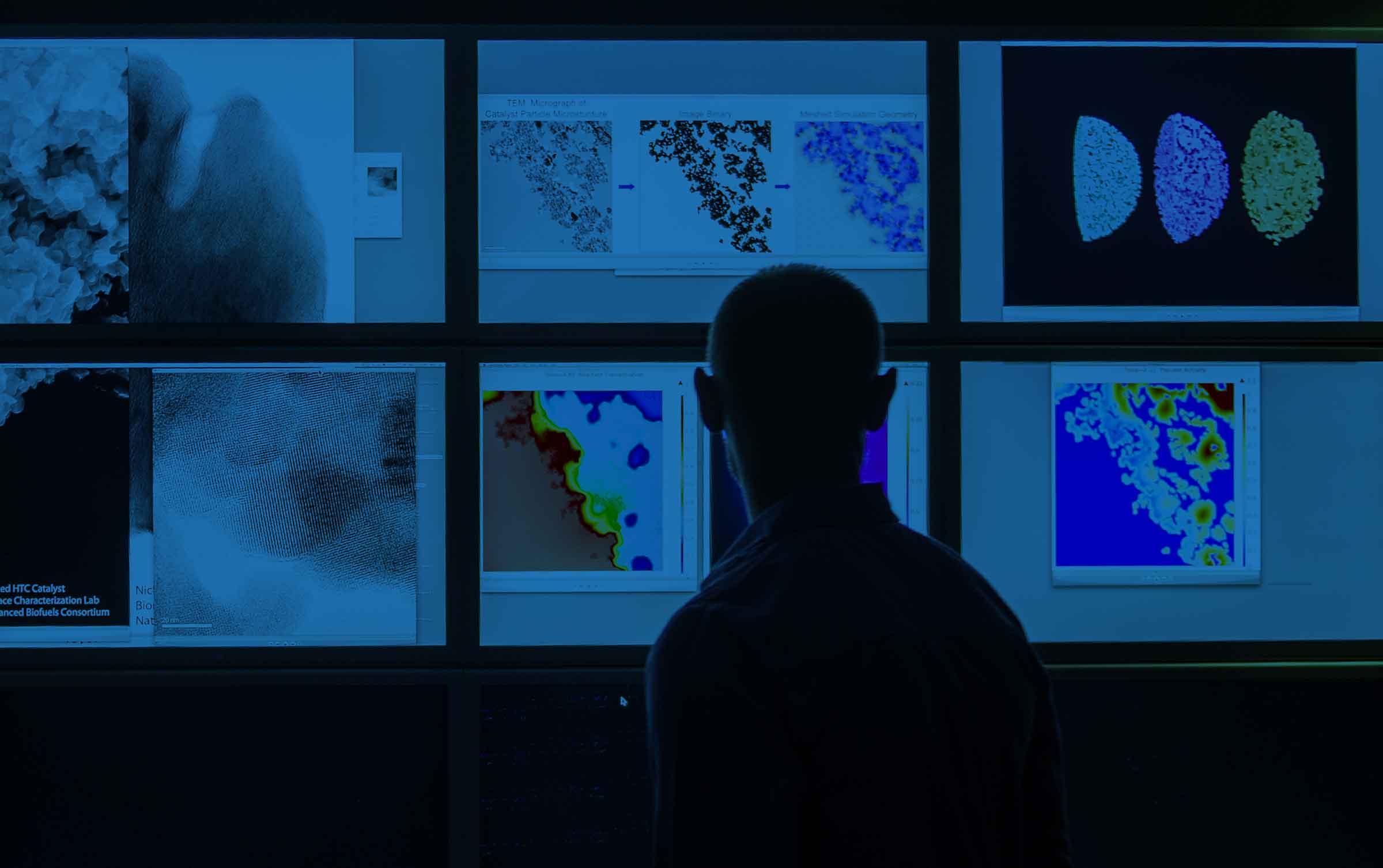
Improving catalyst performance through first-principles by determining reaction mechanisms and intrinsic structure-function relationships that can be exploited to rationally design advanced catalytic materials

Improving catalyst performance through first-principles by determining reaction mechanisms and intrinsic structure-function relationships that can be exploited to rationally design advanced catalytic materials
Understanding atomic scale interactions of surfaces with reactants and reaction intermediates under varied environmental conditions provides substantial insight into the activity, durability, and selectivity of catalytic materials. This insight can serve as a valuable guide for the synthesis of improved catalysts. Specifically, identifying key material properties or "descriptors" that correlate with catalytic activity can be used to accelerate materials discovery. To this end, ChemCatBio possesses the following core capabilities:
Computational Pyrolysis Consortium
National Laboratory of the Rockies — Computational Modeling
Argonne National Laboratory
Los Alamos National Laboratory
National Laboratory of the Rockies
Pacific Northwest National Laboratory